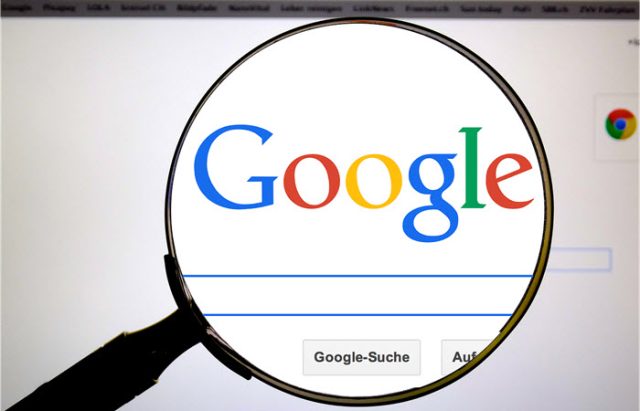How to Increase Google Ranking: Drive Responses With These Simple SEO Tweaks
By Christine Augustus
January 15, 2018 • Fact checked by Dumb Little Man

You may have a gorgeous website design and a blog full of insightful content that your audience would love. Unfortunately, that’s not enough.
If you want to know how to increase google ranking, your content needs to impress search engines as much as it does humans.
Most consumers won’t search beyond the first couple of pages on a search engine, especially if your competition is on the first page and offers the products or services they need.
Google has certain algorithms that prioritize certain web pages over others. Using those algorithms to boost your web page is called Search Engine Optimization (SEO). It involves tweaking your content to make search engines recognize it as a particularly relevant content.
This may sound like a complicated task that needs a digital marketing analyst and possibly a coding expert, but it’s actually much simpler than that. Often, it’s just a case of word choice and simple formatting.
Here are some simple SEO tweaks you can use to bump your web page to page one on Google and drive responses.
Keywords
Keywords are the simplest and most common form of SEO.
Think of it like this:
Your target audience doesn’t know you exist and they won’t know how to search for your company name. So, they’ll search for the services they need. They may also include the name of their city if they’re looking for products or services within their area.
These words they use to search are called “keywords”. The more prominently these keywords appear in your content, the more relevant search engines will consider your content.
You should have at least one or two focus keywords (for example: “car repair” or “mariachi band” and the city in which you operate). These keywords should be featured in your title and in the first paragraph. They should also be sprinkled at least 4 to 5 times throughout the content.
You can also include other relevant keywords 1 to 2 times to further boost your page. These keywords should be sprinkled into the post as naturally as possible. Content that’s stuffed with keywords appears unappealing to readers.
Meta Description
We’ve discussed that the title, whether it be the title of your web page or the title of a blog post, should include your focus keyword. For example, if you are a graphic designer, your website should have the title “Your Name/Business Name – Graphic Designer.” If you write a blog post about commercial web design, “Commercial Web Design” should be in the title.
Making sure your title is relevant is important. Making sure your meta description is relevant is just as important, if not more.
Your meta description is the description that appears on Google when your web page comes up in the search. By default, it’s the first 300 characters of content on the page.
You can change your meta description to summarize the content on the page. You should stuff it with keywords, particularly your focus keyword. In this case, it’s less important that the wording feels natural. An SEO meta description is a great way to catch Google’s attention.
Content Length
Google and other search engines favor in-depth, well-researched articles over short articles. Longer content also means you have more opportunity to make use of keywords.
In fact, in a recent survey, 2,500-word content pages seemed to do best when it came to SEO.
With content this long, make sure it’s also engaging and original so that your audience doesn’t lose interest. Content length is also key when it comes to titles and meta descriptions.
An optimized title should be between 50 to 60 characters and meta descriptions should be about 160 characters.
See Also: How Your Website’s Database Impacts Google Rankings
Links
There are two types of links that you can include in your content: internal links and external links.
Internal links link one page on your website to another. For instance, on your homepage, you may have text that says “see my portfolio for more on my skills and experience” with a hyperlink leading to your portfolio. At the bottom of the page, you may include a link that says “contact me” leading to your contact page.
External links lead to relevant content that can be found outside of your website. External links are a way to credit the information you share and show your content to be well-researched.
Both external and internal links attract the attention of search engines and boost your SEO.
Conclusion
Using these simple SEO tweaks can help catch Google’s attention and bump your website to the first page. This means more people will see it and more people will contact you.
However, the best SEO practice is having engaging, original content. If you provide information that’s difficult to find elsewhere in a way that’s engaging and interesting, Google will take notice…and so will your customers.
Christine Augustus
Christine is a Digital Outreach Manager for Market Boost, an innovative Digital Market Agency based out of Los Angeles, California. Christine has a passion for marketing, specifically building deep relationships with journalists, website owners and influencers online. During her spare time, Christine enjoys live musical theater shows and trying one of Los Angeles’ trendy restaurants.



